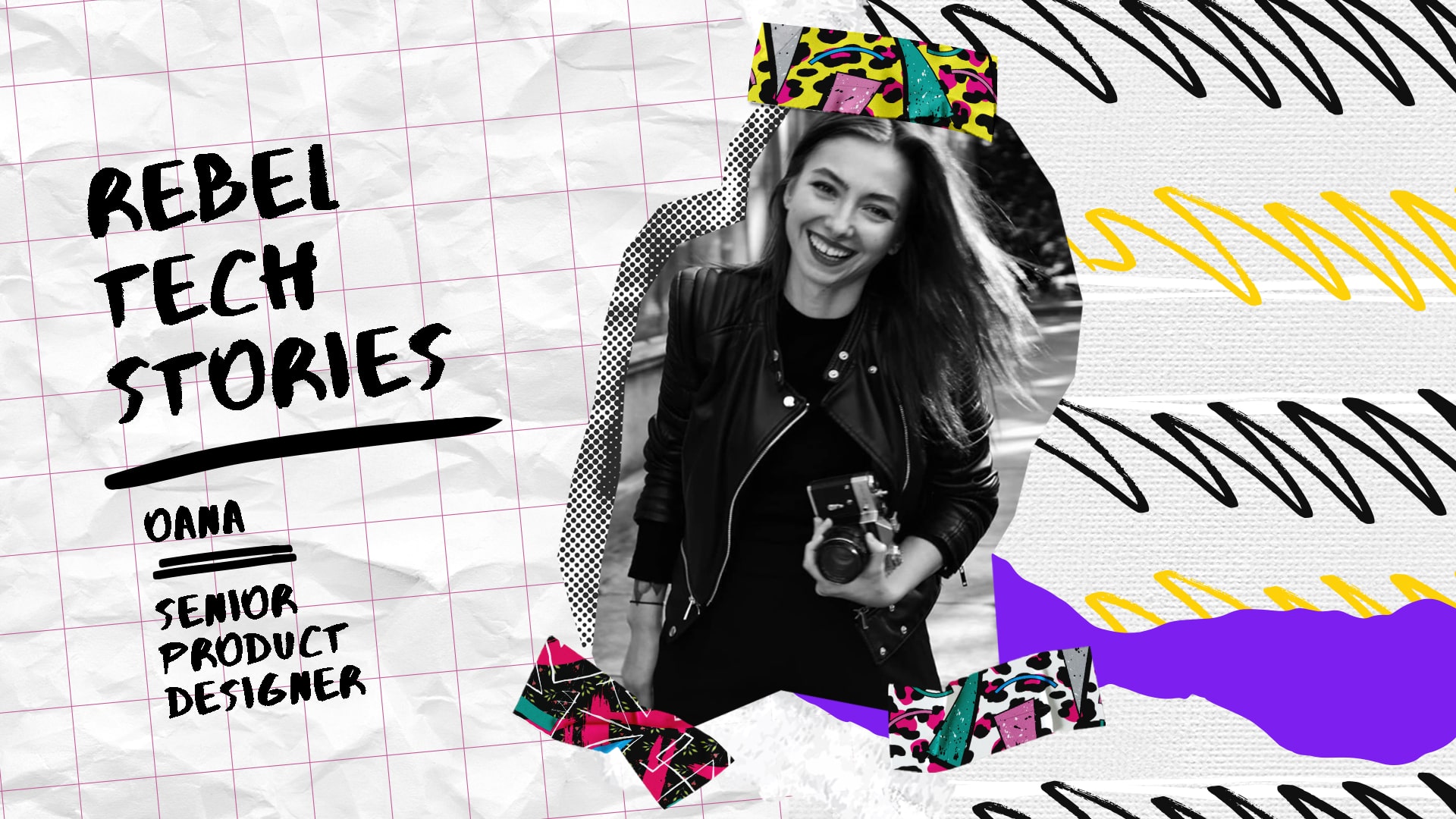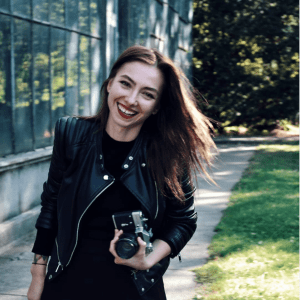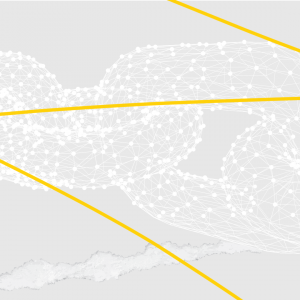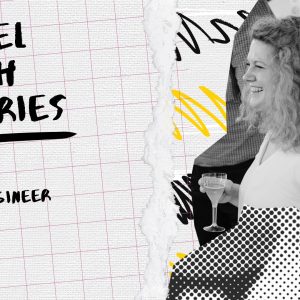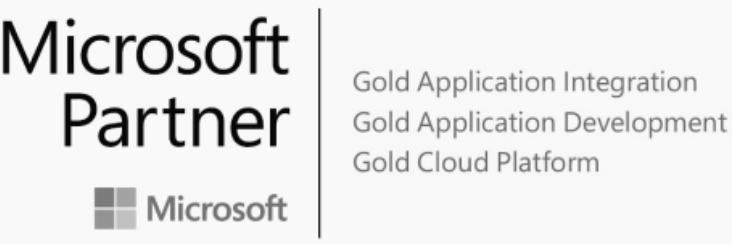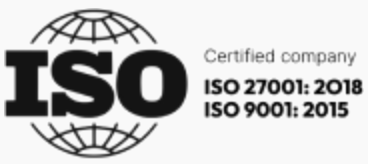What is a discovery workshop?
Whether you are building a product and you are a startup founder, a big company owner or you’re approaching a project as an agency, you might hear “We gotta do a discovery workshop” from the product designer.
Discovery workshops are in my opinion the stepping stones that lead to a better understanding of the product, and they focus on collaboration between teams to help collect information required to begin a project. When you find yourself passionate about a specific idea, it’s easy to get lost in the details – discovery workshops shift the focus to looking at the project in its entirety and ensure all questions about business objectives, user experience, creative and technicalities are covered.
With this article, I hope to shed some light on this topic and explain the process I go through with our clients.

Why is a discovery workshop important for your project?
- No matter how great the idea is, a product can lose its value if not enough thought is given to it in the initial phase of development. You must answer in advance all the necessary questions that may arise from both parties during the app development lifecycle. Doing that in the beginning phase of a discovery workshop provides clarity and saves a lot of time to both parties.
- Through a workshop, complex projects can be easily simplified resulting in a structured roadmap and clear requirements that align with your goals.
- It helps the product team to arrive at a common ground even though they may have varying opinions. It also ensures that the project is completed in the given deadline or in some cases even earlier, as the core functionalities are always prioritized.
- Helps identify potential challenges that may arise later and unravel discrepancies, by highlighting project areas that lack clarity.

Why you need a discovery workshop before working on your product?
In general, a discovery workshop usually lasts from 2 to 4 days depending on the scope of the project. Doing so, by the end of it you should have a structured roadmap to accomplish set milestones and goals.
It typically occurs at the beginning of a project or at the beginning of significant key substages of a project when there is a need to:
- Understand existing research and gather existing knowledge
- Understand stakeholder expectations
- Build a common understanding of the overall project direction, key milestones, and vision for the entire team
- Minimize the risk of building the wrong thing
- Understand who the customers are and how the product will improve their lives
- Define what sets the product apart in the market
- Define what success looks like
But there are also situations in which conditions within the team make additional workshops necessary.
For example unaligned stakeholders. They can pull the team’s focus in different directions and away from the original purpose or problem being solved. During workshops, all stakeholders need to be active, vocal, and open-minded in order to make good forward progress. If a participant can’t or won’t make a decision about something, that can derail the entire process. Make sure key stakeholders are ready and willing to contribute.
It doesn’t really matter if the project is big or small, a discovery workshop is the most logical first step.
Small business owners tend to cut out discovery time and skip the workshop, but I observed that even with standard or minimum functionality, with a discovery workshop, you can unravel new frontiers and efficiently build a product.
For large and complex products, a discovery workshop is a necessity. It helps in defining and assessing the scope of work for every phase and streamlining the entire project at once. Through a discovery workshop, we dive deep, turn challenges into opportunities and explore new avenues to tackle a problem. It is an essential aspect of an agile development process.
Sometimes when a client considers a project to be complex and outlines a big scope of work, a discovery workshop helps us identify which functionalities represent the core of the product for the initial phase. This reduces the scope and cuts costs for the client. In other cases, we unravel too many complexities as opposed to what was predicted which gradually increases the scope of the project.
What can be the output of a discovery workshop?
Focus on objectives and not only on deliverables.
A discovery workshop plays an important role in transforming an idea into a usable product. All the planning, scoping, and streamlining are done in the very beginning to witness tangible results.
Some of the desired and expected outputs from a discovery workshop are:
- Aligned product vision and purpose inside the whole team
- Setting clear, realistic goals for the product
- Define the target audience, user personas, flows, and scenarios,
- Sketch the User Journey mapping
- Aligned vision over the project roadmap and priorities
Who can participate?
What I think it’s the best thing to do is to include representatives from every specialty like Founders, UX/ product designers, developers, and QA teams; In this way, everyone has a chance to weigh in from different perspectives and everyone feels more engaged with the business and product as a result.
Planning the Discovery Workshop.
1. Define a goal and output for the workshop.
Be clear about what you want to achieve, and what the tangible artifacts produced during the session will be.
2. Decide on workshop participants.
The power of design workshops comes from a varied perspective, so like I said, make sure you invite a wide range of roles.
3. Gather needed materials
The environment can be informal and creative if you are holding the workshop in the office (face-to-face) and plan on using tools such as markers and blank paper for sketching, post-its, and water and/or snacks for longer sessions. When we work remotely with our clients we rely on Miro.
4. Plan your agenda
If you are the facilitator of the workshop make sure to have an agenda in place. Plan for a structured sequence of rapid timed sketching cycles, presentation, critique, and choose a prioritization method such as dot voting.
Here is an example of how my agenda looks like:
It not only aligns the project team, stakeholders and clients but also provides the opportunity to mutually explore the scope of an idea and steer the project in the right direction.

- Introductions (Workshop intro, attendee intro) – 15 min
- Design process overview (Walkthrough the design process steps, milestone and desirable outcome for each) – 15 min
- Stakeholder interview (About the Client, Business Goals & Objectives)- 45 min
- Assumption mapping (Mapping how desirable, viable and feasible is the product)- 45 min
- Coffee break- 15 min
- Who are our users – 45 min
- What are your users goals (Get everyone to know the users better) – 30 min
- Personas – 45 min
- Lunch – 60 min
- Brain dump exercise (Great way to generate a lot of ideas)- 60 min
- Voting – 15 min
- Discuss the results – 15 min
- Coffee break – 15 min
- User journey mapping (Will help generate feature ideas)- 90 min
- Coffee break- 15 min
- Present journey – 30 min
- Final review – 60 min
- Coffee break- 15 min
- Feature prioritization – 90 min
- Coffee break – 15 min
- Define MVP – 90 min

Even if a discovery workshop may seem like an added expense on the project’s budget, it is completely worth it. Having a discovery workshop at the beginning of the product will minimize the risk of building the wrong thing, will help everyone involved to understand who the users are and how the product will improve their lives and it will lead to defining clear, realistic goals for the product. Once you got through this stage, you can then move on to building an MVP and test the assumptions and insights gathered in this initial stage of the process.
